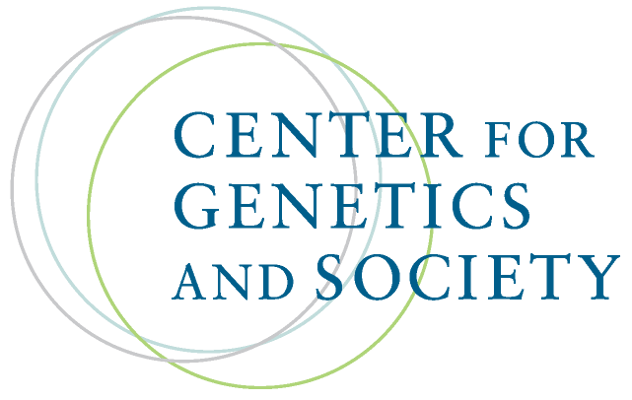In Embryos, Crispr Can Cut Out Whole Chromosomes—That's Bad
By Megan Molteni,
Wired
| 10. 29. 2020
The DNA-cutting tool has been hailed as a way to fix genetic glitches. But a new study suggests it can remove more than scientists bargained for.
IN 2017, RESEARCHERS at Oregon Health and Science University came out with some big (if true) news. Led by a reproductive biologist named Shoukhrat Mitalipov, the scientists had used the Nobel Prize–winning molecular tool known as Crispr to fix a heart-condition-causing mutation in human embryos—a first in the US. A week later, the journal Nature published details of these boundary-pushing experiments. Up until that point, viable embryos had only been Crispr’d once before, in China. As WIRED reported at the time, Mitalipov’s team’s editing appeared to work surprisingly well. But one thing didn’t go as expected.
Crispr works by cleaving DNA apart at a specific location in the genome. Then it’s the cell’s job to repair the resulting double-stranded break. One way to make sure it does it right is to supply a bit of corrective DNA along with the Crispr components. But Mitalipov’s group reported that their embryos didn’t use the template they provided. The embryos had been created by fusing a healthy donor’s egg with a sperm that carried the mutation. But it turned...
Related Articles
By Mary Annette Pember, ICT News [cites CGS' Katie Hasson] | 04.18.2025
The sight of a room full of human cadavers can be off-putting for some, but not for Haley Omeasoo.
In fact, Omeasoo’s comfort level and lack of squeamishness convinced her to pursue studies in forensics and how DNA can be...
Gray wolf by Jessica Eirich via Unsplash
“I’m not a scarcity guy, I’m an abundance guy”
– Colossal co-founder and CEO Ben Lamm, The New Yorker, 4/14/25
Even the most casual consumers of news will have seen the run of recent headlines featuring the company Colossal Biosciences. On March 4, they announced with great fanfare the world’s first-ever woolly mice, as a first step toward creating a woolly mammoth. Then they topped that on April 7 by unveiling one...
By Katrina Northrop, The Washington Post | 04.06.2025
photo via Wikimedia Commons licensed under CC by 3.0
China's most infamous scientist is attempting a comeback. He Jiankui, who went to jail for three years after claiming he had created the world's first genetically altered babies, says he remains...
By Anumita Kaur [cites CGS’ Katie Hasson], The Washington Post | 03.25.2025
Genetic information company 23andMe has said that it is headed to bankruptcy court, raising questions for what happens to the DNA shared by millions of people with the company via saliva test kits.
Sunday’s announcement clears the way for a new...




